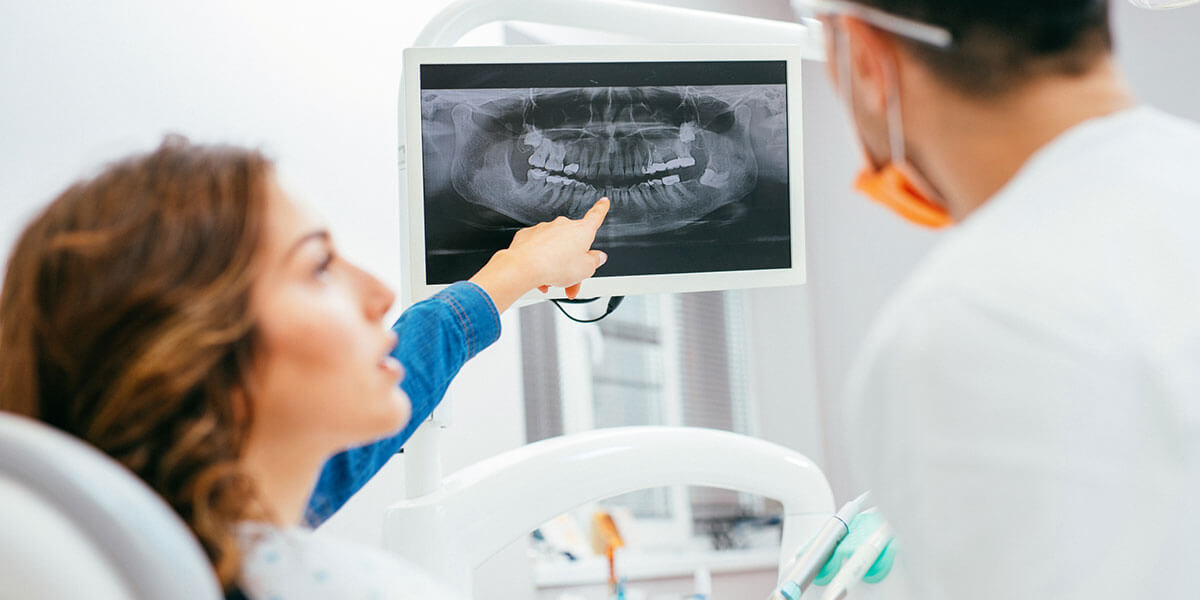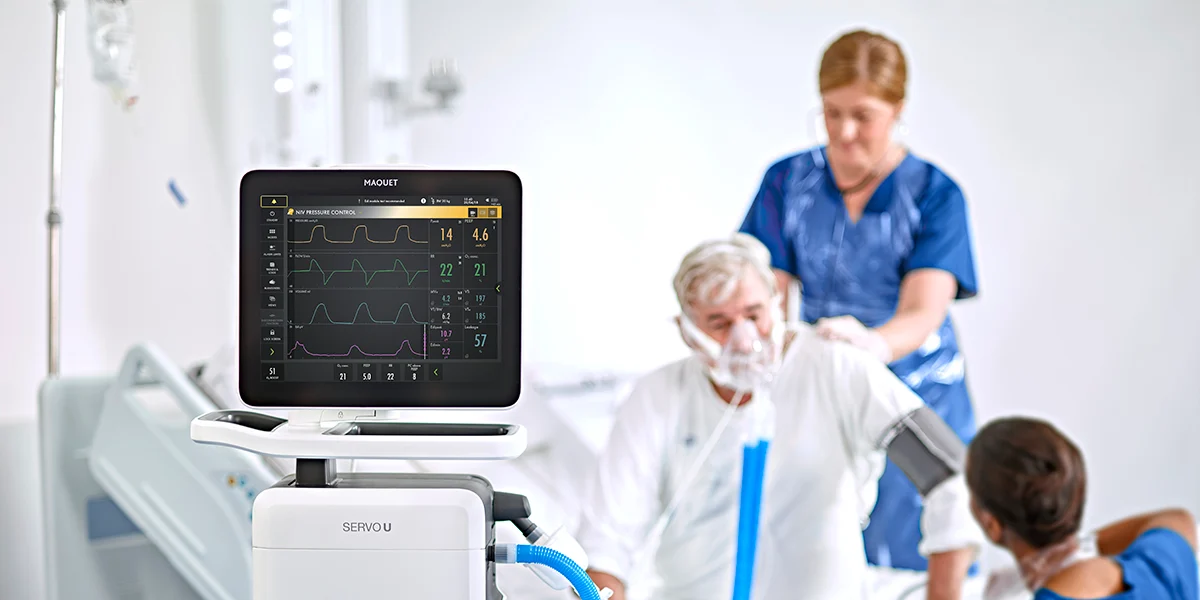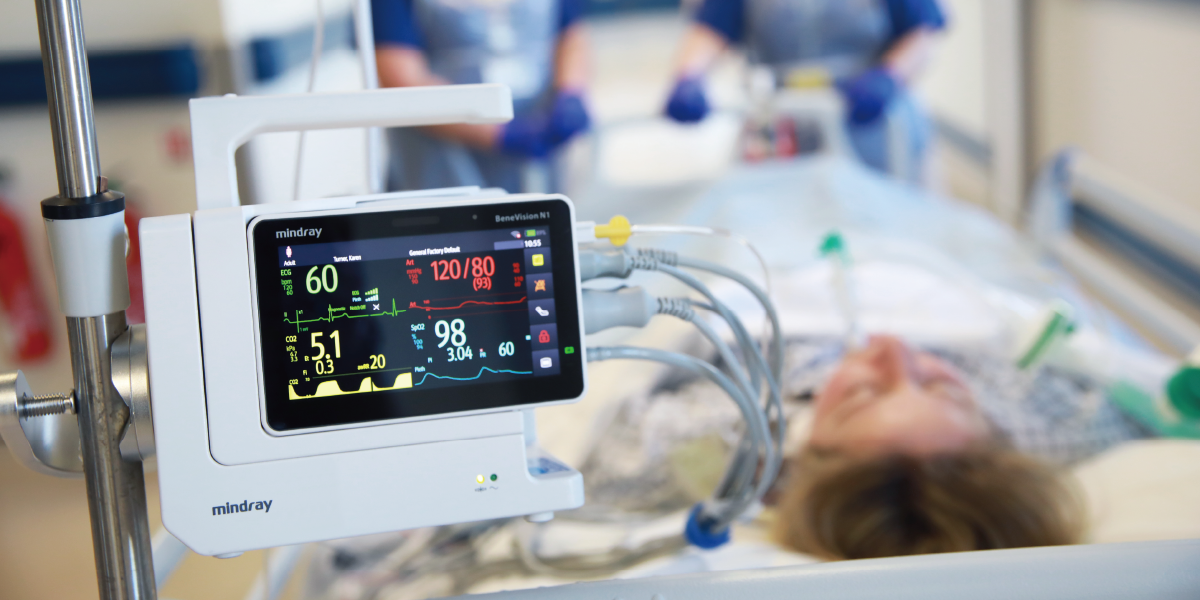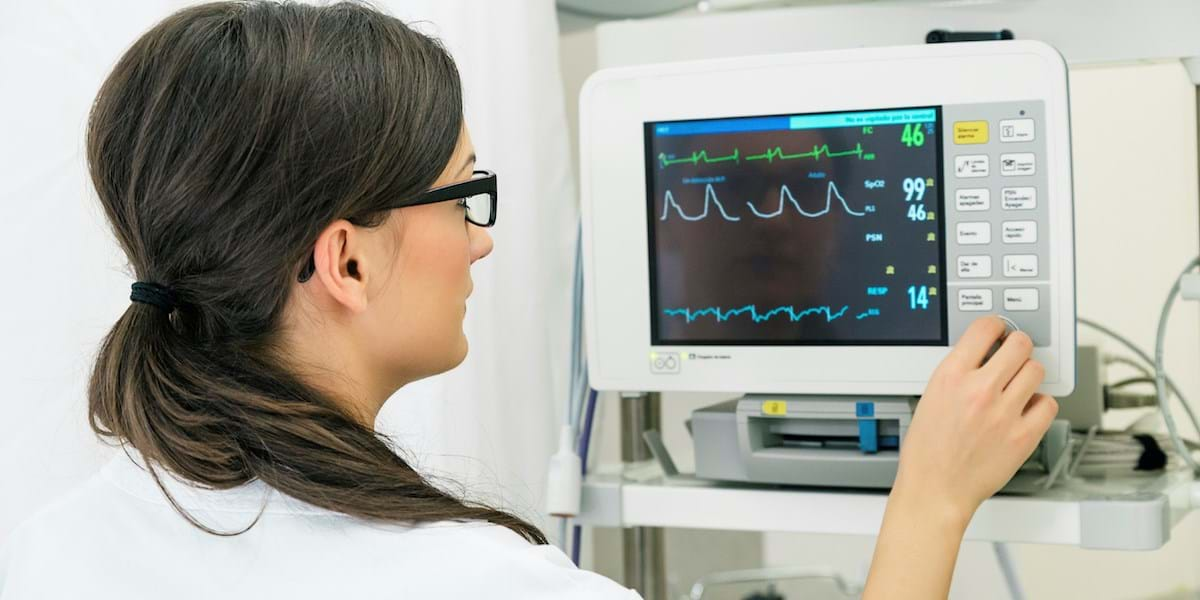Exploring the Depths: A Comprehensive Guide to X-ray Machines
X-ray machines have revolutionized the way we perceive and understand the human body, materials, and objects. Employing electromagnetic radiation to penetrate and capture internal structures, these devices have become indispensable tools in medicine, industry, and security. This article delves into the workings, applications, and advancements of X-ray machines, shedding light on their significance in various fields.
The Genesis of X-rays: Wilhelm Roentgen’s Discovery
At the close of the 19th century, German physicist Wilhelm Roentgen stumbled upon a groundbreaking phenomenon while experimenting with cathode rays. This accidental discovery marked the birth of X-rays, revealing their ability to pass through solid objects and create images on photographic plates. Roentgen’s work laid the foundation for a technology that would redefine diagnostics and imaging.










